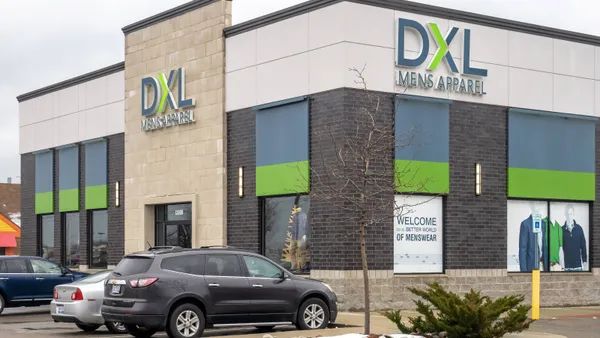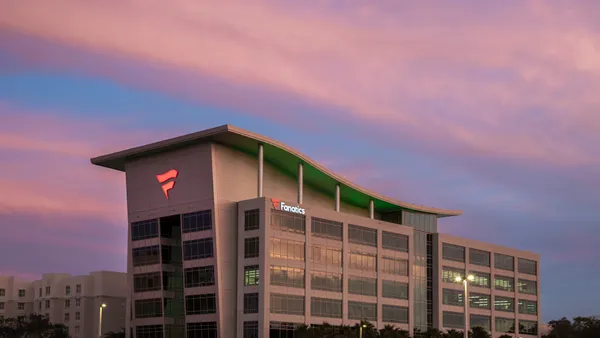Dive Brief:
-
Starbucks missed Wall Street expectations on sales in the second quarter of fiscal 2017, but new CEO Kevin Johnson said the company’s investment in mobile ordering and payments helped it grow transaction volume near the end of the quarter.
-
While comparable store sales increased 3% last quarter, Starbucks said 1,800 of the company’s U.S. stores had 20% or more of peak transactions from Mobile Order & Pay near the end of the period. Specifically, comparable store sales were up 4% in March.
-
Johnson also said Starbucks is developing a new Digital Order Manager to help the retailer better manage increasing store traffic resulting from Mobile Order & Pay. “The DOM [is a] tablet-based device that provides baristas with visibility on all incoming orders and enables better tracking and real-time order production management,” Johnson said, according to a transcript from Seeking Alpha.
Dive Insight:
Johnson kicked off Thursday's earnings call with a philosophical commentary on the retail sector’s current doldrums, stressing the importance that technology plays in Starbucks' plan to avoid those problems. Those comments don’t come as a surprise to those who know Johnson was a long-time Microsoft executive and also former CEO of networking company Juniper Networks before landing at Starbucks.
He also discussed the strain put on companies when potentially disruptive technologies emerge. “Those who recognize the disruption think long term and innovate for the future are the big winners. Those who don't, struggle," he said, according to the transcript. Mobile commerce is at least one of the big disrupters.
Yet, Johnson acknowledged that the returns from technology investments that are made to deal with these disruptions are not always immediate. Also, the technologies themselves are not always perfect — or perfectly managed — from the start. Starbucks' effort to develop the DOM is part of its effort to tweak how it operates a mobile order-ahead and payment service. To help order management on the store end, the DOM also allows customers to receive a notification in the Starbucks mobile app when an order is ready, which should at least reduce the number of people standing around a barista waiting for mobile orders.
The DOM will be coming to some of the busiest Starbucks location during the current quarter, Johnson said. But, there are other parts of the company's effort to manage ist aggressive migration to mobile commerce. It is also getting new equipment and hiring new labor at some stores, as well as changing store layouts.
All of this speaks to how important the retailer believes mobile commerce to be to its bottom line. In the company's 2016 fiscal year Starbucks saw mobile payments overall represent more than 20% of sales at company-operated stores in the U.S. (Mobile Order & Pay, being a new app, accounted for a low single-digit percentage.)
Johnson also said Starbucks is pressing ahead on efforts to increase personalization and leveraging of applications like social gifting. Whether technology can save retailers in general from their current challenges remains an open question, but at least one coffee retailer believes technology, and specifically investment in technologies to support mobile commerce, is the answer.













